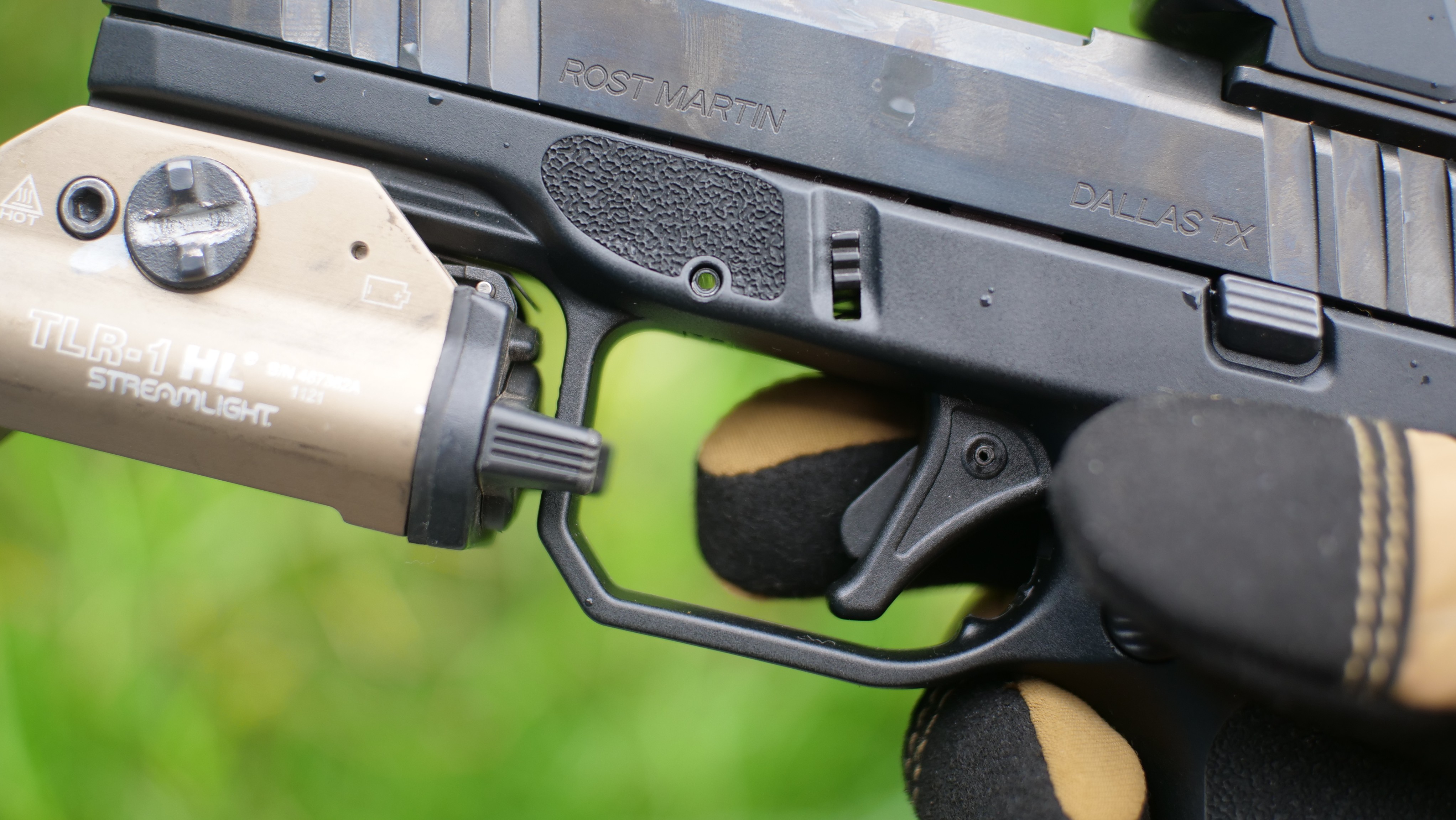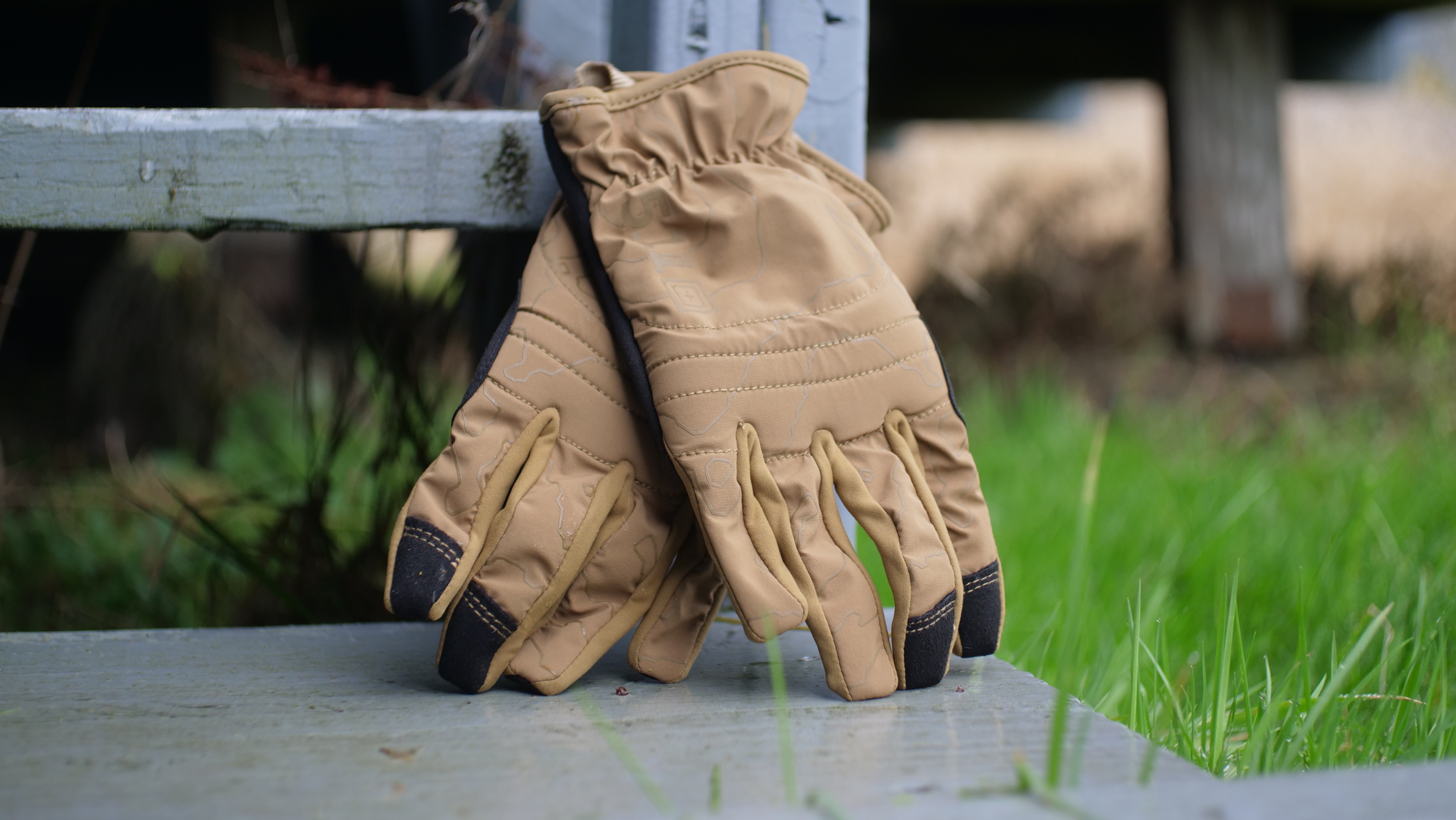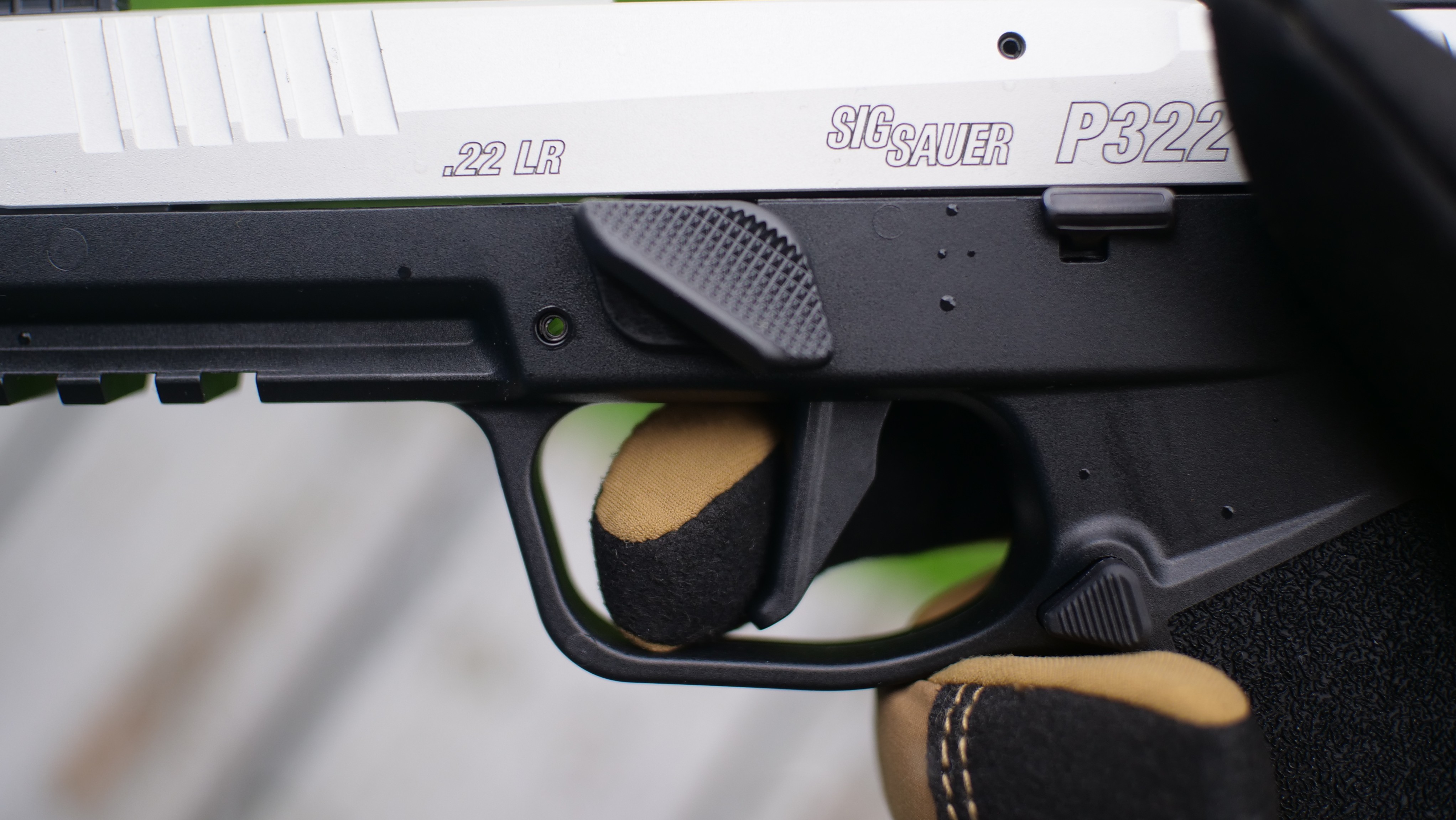Blog # 284 - Insulated Defense - Training With Gloves In The Winter

Feb 5, 2024
By Luke Cuenco
0 comment(s)
The winter months bring an extra set of special challenges for us when it comes to just about any type of shooting. However, we shouldn’t let the weather stop us if we can help it and that’s why we’ve got some hot winter training tips for you today whether you’re shooting a carbine, pistol, or rifle! For these examples we won’t be talking about just wet and rainy, rather, we’re going to assume that snow has begun to take over your local area and assumed temperatures are going to be cold enough where gloves are not just a comfort, but necessary.
Get Gloves That Work for the Weather

There are a number of different types of gloves that you can put on depending on exactly how cold it is and what your preferences are. Sometimes if you’ve been moving around a bit, or already have the gloves on, you can get away with something more rugged like Mechanixwear M-Pact gloves. These are a popular option all year around, are fairly inexpensive, can be found at any local hardware store, and are tough as nails. However, what they have in virtually every other category, they lack in the realm of insulation, and weatherproofing.
Mechanix M-Pacts are going to be uncomfortable to wear due to their lack of insulation and their poor water resistance. If you’re training in the snow, picking up magazines, and moving around in the snow a lot, you’ll inevitably get wet. Just like any other set of snow gear, you’ll want to make sure that your gloves have a healthy amount of waterproofing around the outside, and some insulation on the inside to retain that heat.

Different types of shooting gloves come with all sorts of levels of water resistance and insulation. Virtually every glove company has at least one good pair that will last you a couple of range sessions or more that won’t break the bank. One example right off the top of my head is 5.11’s new Adrion Primaloft Insulated gloves. While these gloves are a bit bulkier than your standard leather shooting gloves, they’ll keep your hands much warmer and completely dry.
Consider Training With Guns That Have Larger Trigger Guards
When I first started putting together my first AR-15 rifles at home I was surprised to learn that not only does your bone stock AR-15 trigger guard not have a lot of room for a gloved trigger finger, but it actually doesn’t need to. Most stock AR-15 designs that don’t feature an enlarged trigger guard have a handy detent that you can press in to release the bottom of the trigger guard - this allows a much thicker gloved finger to easily and safely make it in and out of the trigger guard without the need to purchase and replace the stock trigger guard.
However most modern AR rifles have “winter trigger guards” either attached to them or built right into the design of the lower - these days this is a pretty common occurrence on rifles and most shotguns but on handguns we run into an entirely different set of problems.
Handguns typically don’t offer very large trigger guards unless they are specifically designed that way - especially when it comes to compact concealed carry pistols. When it comes to training with handguns in the winter, most people will opt to use slightly thinner gloves to make sure that their fingers can safely make it in and out of the trigger guard. Some newer models of compact and micro-compact handguns make commendation for this by having slightly oversized trigger guards that don’t interfere with the concealability of the handgun, but for the most part, whatever your gun comes with is what you’ll be stuck with.
Keep Safety First

Gloves, even non-bulky ones introduce a new aspect to your training regime. Even though they’re an extra layer of insulation to keep you warm, they’re also an extra layer of complexity when it comes to the human-firearm interaction. Everything from reloads, trigger pulls, and other administrative handling of your firearm is going to feel different and adjustments will probably have to be made for the sake of safety.
I’d strongly recommend against attempting to train with single-action firearms and thick winter gloves. Additionally, when training with gloves in the winter you should take extra time to familiarize yourself with how the gloves interact with your firearm, so you can ascertain if they’re safe to use or not. An excessive amount of slack from the insulation layer can get caught in between the trigger guard and the trigger shoe causing an accidental discharge, additionally, you may have issues operating the firearm normally so it’s best to take a couple of dry runs at home with an empty gun and your gloves to see if the setup works for you.
At the end of the day, training in the winter isn’t that hard, even if there are blizzard conditions outside. On a recent trip to Finland, I was surprised to see just how dedicated the Finns are to getting to the range and getting their reps in before a competition week or just for the fun of getting to dump lead down range - I think that’s something we could all use a little more of. Of course, if you guys have any cool tips about training with Gloves in the winter, let us know in the comments, we’d love to hear from you and chat with you about our favorite subject!
